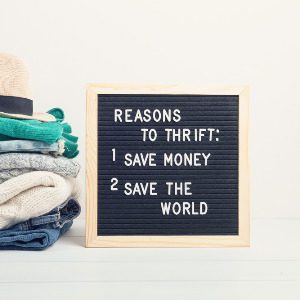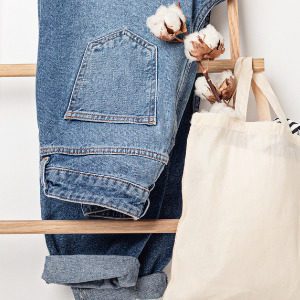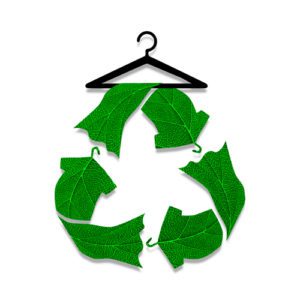
It’s a big responsibility to be a consumer these days. Accessing the information needed to make informed purchases is challenging to do in today’s complex world.
We’ve made it easy. Here are six ways your purchases of secondhand items benefit the environment. If even one of these reasons resonates with you, share this knowledge with a friend or family member and let’s support the planet one thrifting adventure at a time.
1.Thrifting supports a circular economy
A circular economy is replacing the linear economy of take-make-waste which has been around since the Industrial Revolution. Replenishment is a central concept to the design of the circular economy which eliminates waste and pollution, recirculates products and materials at their highest value and regenerates nature. When you purchase secondhand goods and donate your gently-used items to Goodwill NCW instead of throwing them away, you slow down product life cycles and keep items out of the landfill.
2. Thrifting combats fast fashion
Fast fashion is a major global issue where fashions are treated as disposable, produced in excess, made as cheaply as possible, and then consumed and disposed of at a faster rate. Thrifting your fashions secondhand allows you to express yourself through unique, one-of-a-kind fashions, without hidden costs to society and the environment. Ironically, guess where the fast fashion industry looks for many of its emerging trend cues? Hint: You can find it at the thrift store.


3. Thrifting preserves our precious freshwater resources
The textile industry is one of the major consumers of water in the pretreatment, dyeing, printing and finishing processes. Not only do these processes consume tons of water, but they also pollute our precious freshwater resources. And that cotton t-shirt? It comes from one of the most water-intensive crops on the planet. When you thrift your fashions secondhand, you’re not contributing to the demand of new textile products, and you’re saving countless gallons of freshwater with your abstinence.
4. Thrifting consumes fewer fossil fuels
How is it that cotton, which we just threw under the bus for its use of freshwater, still requires, at most, half as much energy to be produced as any synthetic fiber which, by the way, are typically less expensive to the consumer than any natural fiber? By shopping secondhand you’re not adding to the demand for new fiber production. Secondhand apparel is made already. It’s here. It’s in circulation.
5. Thrifting uses fewer toxic chemicals
The fashion industry is full of hidden processes, much like Willy Wonka’s Chocolate Factory—you’d be surprised by what goes on behind the scenes. From biocides and formaldehyde to synthetic dyes, plastic softeners, and heavy metals, many textiles undergo chemical treatments that can have unexpected effects on people, the planet, and animals. By thrifting your wardrobe, you can help reduce the demand for new textiles and avoid exposure to these potentially harmful substances.
6. Thrifting shapes the future
We end with perhaps the simplest and closest-to-the-heart reason why shopping secondhand is worth passing over the newest shiny thing produced in the Matrix. Regardless of where new technologies bring us, humans can only be sustained by the natural world. If we can uplift the next generation, lead by example and instill a waste not, want not ideology into our beautiful, growing children, we’ve done a wonderful job.
Whether you love thrifting for the thrill of the hunt, to feel good about helping others or to help keep items out of the landfills, you’ll find 1,000s of new items daily.
Find your local Goodwill NCW store
